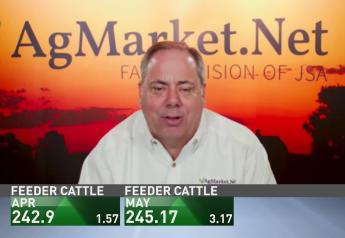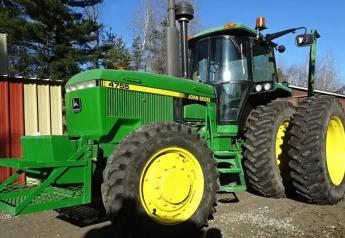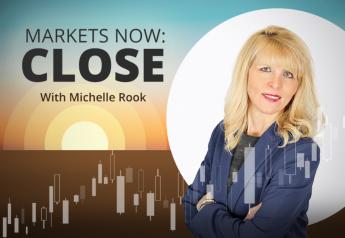4 Keys to Building Land Lease Relationships that Last

With farmland sale prices reaching $30,000 in some parts of the Midwest, the prospect of leasing land—as the owner or producer—has become increasingly more favorable.
If you’re renting farmland to or from others, you have many things to consider – from managing long-term lease agreements and land improvements to zeroing in on the right farm insurance and liability protection.
Max Wenck, who farms and leases land in both South Dakota and Wisconsin, tells Andrew McCrea he’s learned a thing or two from being on both sides of the lease fence. Here are his tips:
1. Find Your Equilibrium
Trust is the mold to a lasting farmland lease relationship, in Wenck's view.
“It’s hard to build trust when one party doesn’t feel that they’re being treated fairly,” he says. “If something isn’t working for you, it’s your job to explore that and figure out how you can make that right.”
With trust as the mold, Wenck says fairness is the mortar that needs to be reapplied each season.
“A lot of people have different approaches to price negotiations. My approach has always been to have some basis for why I believe the transaction is worth whatever it is. This helps to come to an agreement that is fair, meets each person’s needs and based on fact, rather than something I’ve heard or feel.”
In order to build on trust and fairness, Wenck expects a steady stream of communication.
2. Bring Data to the Negotiation Table
According to Wenck, high commodity prices are a catalyst for a lot of conversation in his neck of the woods, and he’s concerned for those leasing and leasing out.
However, if either side of the fence proposes a change in rental prices, Wenck says both sides can prepare by having data at the ready.
“You want to make it fair. But as a tenant, you need to prove what’s fair,” he says. “If you can provide some information to back up the cost of inputs and what it takes to raise your crop, you might be able to take a significant rent increase off the table.”
Along with data, Wenck says it’s also important to have insurance knowledge on hand.
3. Ask the Difficult Insurance Questions
If you don’t know what to ask, ask what to ask. That’s the insurance advice Wenck imparted on McCrea in the episode of Farming the Countryside.
In Wenck's experience, there are a few heavy hitters that often get overlooked:
• Mutual understanding of the liability insurance.
• Items covered in the farm’s buildings—structure and its contents.
• FSA payment entitlement
“In the past, when I was farming leased land, I wasn’t proactive in communicating to the landowner some aspects of a farm program we were enrolled in. The landlord felt entitled to an FSA payment and had to go to the local agency to get an answer. But that was a big miss on my part as the tenant,” he says.
And he adds the scenario taught him to be more upfront with landlords about all aspects of FSA programs, while also working to communicate he cares about the land and the landowner.
4. A Time to Share
According to Wenck, there are three “great” opportunities to communicate as a landowner.
"With most of our leases, there’s a spring and fall payment. These are opportunities to write a little note about how the season has played out on their land in particular,” he says. “If I have a moment, I’ll snap a picture of their farm and the newly planted or harvested field and send it in a text.”
Over time, Wenck says these small acts will amount to a stronger relationship that might “surprise” both parties. He says the tenant will understand this surprise once he sends the note and text.
“Sometimes it has nothing to do with price and everything to do with the extra things you’re willing to put forth, to know, and to care about your land or someone else’s,” he says.
Want to Know More?
McCrea’s conversation on insurance will continue in coming weeks as he will moderate farmland lease panels on Nov. 29 and Dec. 9.
To register for the panels, visit AgWeb.
More on farmland:
$30,000 Per Acre? Yep, The Details on the Latest Record-Breaking Farmland Sale
High Exposure: Understand How Record Farmland Prices Impact Your Estate Plan
Foreign Farmland Ownership to be Addressed in New Study







